Modern Vietnam is famous for many things. Pho, bikes, amazing nature and beautiful architecture are just some of the reasons that tourists flock to this country. It’s firmly on the tourist map of South East Asia, and it absolutely deserves this success.
However, there is a side of Vietnam that should be commemorated and remembered. That isn’t nice to learn about, but really shouldn’t be forgotten, in order to help tourists understand the country today.
This is the Vietnam War, and there are a lot of war sites in Vietnam where we can learn all about it.
The Vietnam War
The Vietnam War, which obviously in Vietnam is not known as that (it’s either called ‘The American War’ or ‘The Civil War’), was fought between South Vietnam, who were supported by American military who fought on the ground with the Vietnamese, and North Vietnam, who were supported with arms by the Soviets (the Soviets did not fight on the ground).
The war went on for 20 years, from 1955-1975. Understandably, it wrecked the country; families were torn apart, young men went to fight and never return, and many lives were lost and altered forever in the bombings of the country.
You’ve probably heard of the use of Agent Orange in the Vietnam War, a chemical weapon that was dropped on people in North Vietnam by American troops. The use of such has caused deformaties in Vietnamese children to this day, and is the reason for a high incidence of miscarriages, cancers, and psychological and neurological problems. This is probably the most horrific part of this war, and is something that sets it apart from others.
The war is also known for being the first ‘digitalised’ war. It was the first time that people on US soil could see what was happening in Vietnam, and many took to the streets to protest.
The ethics of war are always questionable, but most people consider that this war was not the right place for the US to get involved in, and the consequences for many Vietnamese people have been severe.
The South Vietnamese/ US coalition lost the war (a big reason for this being because of the destination of it being fought – GIs were not used to the tropical environment of South Vietnam and many got tropical diseases or just didn’t know how to fight in the climate) and the country became Communist, with Hanoi as the capital.
Since the war, Vietnam has developed at a rapid pace. Several industries are booming within the country, tourism is at an all-time high, and the cities have modernised very quickly. But there are still traces of the war, and it is vital that we do not forget.
Why Should We Visit War Sites in Vietnam?
People question the ethics of visiting war sites and monuments of tragedies a lot. It’s even coined the name ‘Dark Tourism’; I’m personally not a fan of this term, as I think it kind of glamourises the term, or makes it a ‘trend’.
I think that we really should visit war sites, genocide memorials and other places connected with tragedies, but only if our intentions are right. Visiting them as something to check off a list is wrong. Visiting them and behaving disrespectfully (eg. taking selfies, dressing inappropriately, shouting and screaming) is much worse.
BUT if your intention is to educate yourself about a nation’s history, so you can have intelligent conversations about it and learn what mistakes people made in the past and think about what we can do as humanity to stop making the same mistakes, then you should absolutely visit war sites in Vietnam, or anywhere else in the world.
I would also argue that that is a big part of travel. When visiting a country, you should want to learn about their history (not saying that you should become an expert, but I think it’s important to learn about significant events in recent history), because by understanding history, you can understand countries today.
Many countries with tumultuous recent history are still suffering from it, and making an effort to learn about their history will help you understand the country that they are today.
I think, if we travel, we should try our best to learn as much as possible about a country’s story – even the not so nice parts of it.
That being said, it is up to the individual country whether they want tourists in places connected to war or tragedy. For some countries, it might be too soon or too difficult to share this at present, and it’s important to respect that as well.
All of the places listed below are officially open for tourists, so I do believe that some of them should be considered when you’re planning a trip to Vietnam.
War Sites in Vietnam
On my trips to Vietnam I have visited a few war sites, but not all of them. So I called upon some of my fellow travel bloggers to help me compose this list of war sites in Vietnam to visit.
Truc Bach Lake, Hanoi
Today, Truc Bach Lake (Hồ Trúc Bạch) and the surrounding area is a trendy Hanoi neighbourhood filled with cafes, fashion boutiques and ice cream parlours. You’d never guess the area’s dark history just by looking.
A small lake sectioned off from the biggest lake in the city, Hồ Tây, Truc Bach was made famous on 26 October, 1967. On this day, US Navy aviator and future senator John McCain was shot down by an anti-aircraft missile while flying a mission over Hanoi. He parachuted into Truc Bach, a move that possibly saved his life.
After he was pulled from the water, McCain was held as a prisoner of war at the nearby Hoa Lo Prison, AKA the ‘Hanoi Hilton’. Years later, a statue to commemorate the incident was erected on the edge of the lake. McCain famously visited the site on his first trip back to Vietnam since the war in 1985. Flowers were placed on the statue in 2018 following his death.
War monuments and plaques to commemorate the Vietnam-America war can be found all over the Truc Bach neighbourhood. Also nearby is ‘B52 Lake’, a tiny body of water surrounded by apartment blocks where a partly submerged B52 – another American plane shot down over Hanoi – lies dormant.
By Emily Lush from Wander-Lush
House D67, Hanoi
Oddly, this isn’t a particularly well-known sight in Hanoi. But, if you know where you’re going, you can find the hidden headquarters of the Vietnam People’s Army, where the communists ran their campaigns from during the Vietnam War – which is a worthy addition to your Hanoi itinerary.
The headquarters is called House D67 and it’s a rather unassuming building tucked away at the back of the Thang Long Citadel. The citadel itself has a long history and has been a centre of political power in the region for more than 13 centuries. House D67 is just the blink of an eye on this timeline.
In the main building above the ground you can see the meeting room where they discussed their plans and there are some exhibits on display in cabinets against the walls. Perhaps even more interesting is the complex underground. If you go down a long flight of stairs you’ll arrive at a bunker nine metres below the surface, which was built as a protection for the leaders in case of attack.
Built in 1967, D67 is actually one of the few military constructions from this period that is still standing. That’s partly because its location was a carefully-guarded secret, but also because it was built with thick walls, outer steel doors, and sand on the roof to help protect from rockets and bombs.
You can only see D67 as part of a visit to the Imperial Citadel of Thang Long, but that’s interesting in itself. It is the only World Heritage Site in Hanoi and there are some old fortresses and royal buildings that are also worth having a look at.
By Micheal from Time Travel Turtle
Hoa Lao Prison, Hanoi
Hoa Lo Prison in Hanoi, sarcastically called the Hanoi Hilton by United States Prisoners of War (POWs), is an important place to see and experience the Vietnam War, or as the Vietnamese refer to it, “the Resistance War Against America” or the “American War.” The prison served as an incubator for the Vietnamese Communist Movement and, later, a place where they imprisoned US POWs during the war.
Hoa Lo was built in 1886-1901 by the French to house Vietnamese political prisoners agitating for independence. Hao Lo served as an incubator for the Vietnamese communist party. Five future General Secretaries of the Communist party spent time at Hao Lo Prison.
When the Vietnamese Communists came to power, they kept the prison as an educational center for propaganda purposes. In 1964, the Vietnamese turned Hoa Lo Prison into a Prisoner of War(POW) camp for captured US soldiers. This is the camp where the late Senator and US Presidential Candidate John McCain was imprisoned and tortured.
Visiting Hao Lo is a conflicting experience, but it is still a Hanoi highlight. Only a small portion of the Prison is still standing. You enter through a gate on Hoa Lo Street and the first part of the exhibits show in graphic detail the torture of the Vietnamese prisoners. The guillotine that the French used for executions in on display. Then onto the section about American prisoners which depicts their stay as free from torture and idyllic. There is another display about current US/Vietnamese relationships.
Hoa Lo is open from 8:30-5 pm. It is closed for lunch from 11:30-1:30 pm.
By Sue from Travel for Life Now
Cannon Fort, Cat Ba Island
Cannon Fort (sometimes also referred to as Divine Fortress) was built on High Point 177 during WWII in 1942. The fort is located at a strategic location, 177 meters above sea level, overlooking the bay. After the Second World War, the Vietnamese used the fort as defense post in two subsequent wars, against the French and the Americans.
The fort offered the Vietnamese military excellent vantage points for air and marine attacks. You can still see two of the cannons used here during the war. They’re French cannons, brought to the fort when the French overtook Cat Ba during the French War. After the Vietnamese reclaimed the island the French found their own cannons used against them.
Cannon 1 defended the port of Hai Phong, from this area American aircrafts were shot down during the American war. Cannon Fort is worth a visit for the excellent view alone, it’s one of the best places to enjoy the beauty of Halong Bay.
Not to be overlooked is the historic significance of this site. Walking along the trenches and tunnels and seeing the bunkers, you can imagine the lives of the people that fought here to defend their country.
Wartime history is showcased with art, propaganda, posters, photographs and objects left behind by the soldiers. Mannequins of soldiers placed strategic locations help to illustrate the violent past of this area.
by Lisa from FlipFlopGlobetrotters
The Marble Mountains
Central Vietnam is home to mountains made from marble. While the definition of a mountain might be a little loose here (they are more like abrupt hills) the memorable landscape draws plenty of visitors every single day.
Only one of the hills, Thuy (meaning water), is open to tourism, while the other four provide a dramatic backdrop.
During the Vietnam War (1955 to 1975), the area around the present-day Marble Mountains were used as an airbase controlled by the United States. The Viet Cong used these tunnels, much like the ones you can walk through, to spy and collect valuable intel on the soldiers nearby. Being so close to My Khe Beach, a regular spot for United States Troops to relax, it was a perfect vantage spot to learn about their enemy.
Because most of the land stretching from Hoi An to Da Nang is flat, it makes these 5 large chunks of marble and rock stand out even more obvious and interesting. The area has many shops dedicated to carvings from marble as the surrounding mountains provided plenty of the resource – the marble is now sourced elsewhere through Vietnam.
Make sure you arrive early as this popular spot gets busy during peak hours. Plus, the cave turned Buddhist Temple and stunning views are better when you have them to yourself.
By Ben from Horizon Unknown
The Ho Chi Minh Trail
The Ho Chi Minh Trail is one of the best war sites in Vietnam for tourists to visit, and is definitely a great addition to your Vietnam itinerary if you’re into history. It travels through Central Vietnam and historically connected South and North Vietnam. It went into Laos and Cambodia and functioned as a route for the Vietcong, when they wanted to send arms and supplies to the South without crossing the heavily patrolled border.
It goes through dense jungle and combines roads and footpaths to create a 16,000 kilometre network of trails. It’s a challenge – and due to UXOs, is rather unsafe – to visit the whole trail, but if you want to learn a little more about this side of Vietnam War History, I highly recommend doing a motorbike tour of the Ho Chi Minh trail. I did one with Easy Riders Vietnam and it was incredibly educational – my guide was actually a Vietnam war vetran, so gave me invaluable insight that I would never have got somewhere else. Click here to read about it.
You can also visit the Ho Chi Minh trail on organised tours in Laos and Cambodia – in Laos, I know it is possible do do so from Savannakhet. I haven’t been myself, but heard that trail here is much less maintained and is more of a track. Enquire at the tourism office for visits.
You can also read this fab book, written by my friend’s cousin: A Short Ride in the Jungle, which documents her solo trip around the Ho Chi Minh trail by bicycle. I highly recommend it! Click here to purchase.
The DMZ (from Dong Ha City or Hue)
Probably the best of all the war sites in Vietnam is the DMZ. This is where North and South were separated, and tours to the DMZ include various sites to learn about this history.
Featuring stops like the largest war cemeteries, a couple of museums, historic sites that were prominent in the war, the actual DMZ and the Ben Tre tunnels where many people hid from bombs, this tour is jam-packed and a very important stop for anyone keen to learn about Vietnamese war history.
I did the tour from Dong Ha – I stayed at Tam’s Guesthouse (book your stay here) and did the tour from there. The guesthouse was clean and had friendly staff, as well as a good on-site cafe, and they picked me up from the station free of charge.
The tour guide was fantastic, fought in the war personally, and was happy to answer all questions about it. He had the unique perspective of having family and friends who fought on both sides, and gave us a very unbiased opinion of the entire war. He was friendly and hospitable, and organised my next bus to Phong Nha for me. I highly recommend this tour.
However, if you’re based in Hue and want to do a day trip from here (bear in mind that this will include a lot of time on the bus, and is more expensive than doing it from Dong Ha), you can click here for some options.
War Remnants Museum, Saigon
Cu Chi Tunnels
You can’t visit Vietnam without at least spending some time learning about is turbulent past and the Vietnamese war, and one of the most impressive places to visit in South Vietnam is the Cu Chi Tunnels – a must-do on your Vietnam tour.
Con Dao Prisons
Con Dao Islands, off of southeast Vietnam, is currently a beautiful place with fewer crowds and jaw-dropping landscapes. On Con Dao’s largest island, Con Son, the island has a dark history as a former prison from 1862-1975. The time was also known as “Hell on Earth.”
One of the most interesting things to do in Con Dao is to visit the prisons and get an inside view on what went on in them. There are three areas that are open to the public – Phu Hai, American Tiger Cages, and French Tiger Cages. We suggest that you visit the Con Dao Museum as it has more information and photos about the prisons.
The French colonists originally built the prisons to torture and house the political activists and Vietnamese fighters. The use of prisons continued until the Vietnam War ended. Thousands of prisoners lost their lives here. What made them terrifying was the use of the “Tiger Cages” where the prisoners were held in their small individual cells like animals. They were also prodded and attacked through the ceiling bars as a part of the daily torture.
Walking through the prison area is a humbling experience. You’ll see mannequins in the cells that are malnourished with hopeless expressions and have their ankle chained to their concrete “bed.” You can imagine the pain and suffering that they went through. While we’re thrilled that the prisons don’t exist anymore, it’s a part of recent history that can’t be shaken off when visiting Con Dao.
By Jackie Szeto & Justin Huynh from Life of Doing
Vietnam War History
The beautiful country of Vietnam has never been more accessible for tourists: many European countries now qualify for a 15 day visa-free stay, making it easy to have a quick trip to Vietnam, and e-visas are easily accessible for most nationalities. Many, many tourists of all ages come to Vietnam, and there really is something for everyone in this country.
But when in Vietnam, it’s really important to remember and respect this country’s recent history. One of the best ways to do so is to respectfully visit these Vietnam War sites and properly educate yourself on the war and how it still affects the countries today.
You can also donate to various charities that help people in Vietnam who have had their lives impacted by the war.
Finally, there are lots of books to read about the Vietnamese War. Three that I have personally read and recommend are:
- Last Night I Dreamed of Peace – this is a heartbreaking diary of a young Vietnamese doctor who was killed while on service. Click here to learn more about it.
- A Short Ride in the Jungle (as mentioned before) – an account of the trail and its uses in the war, with a lot of history packed into a small book. Click here to learn more about it.
- The Things They Carried – this book focuses on PTSD that many American Vetrans suffered from when they returned home after the war. Click here to learn more about it.
Thanks for reading this post. Please share it with any friends who are travelling to Vietnam! You can see all my Vietnam posts here, or check out my YouTube channel which features some Vietnam videos, amongst others.
I’m on Instagram and Facebook.






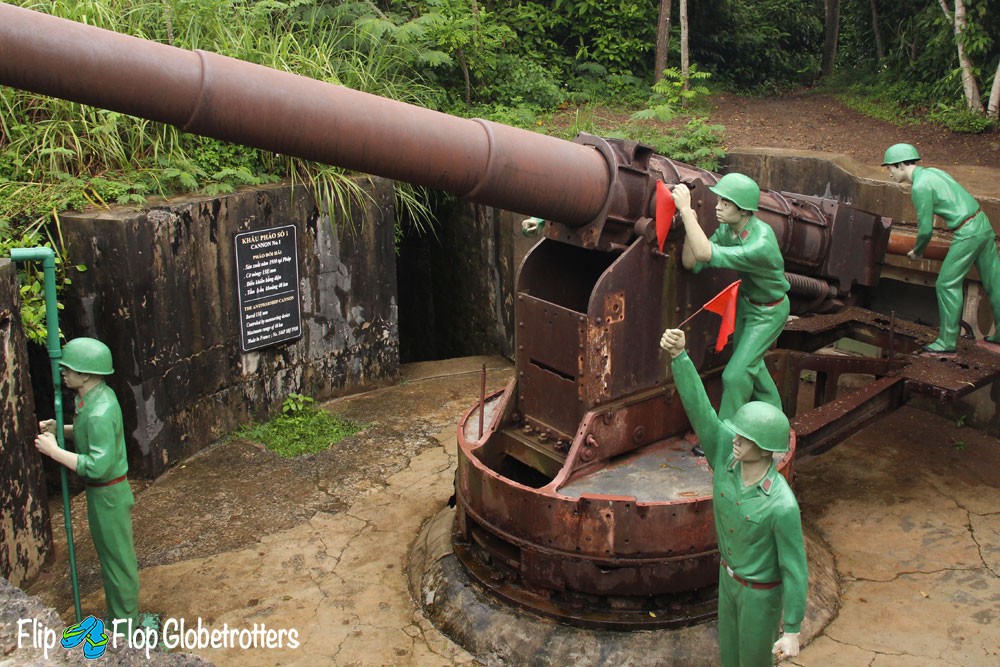
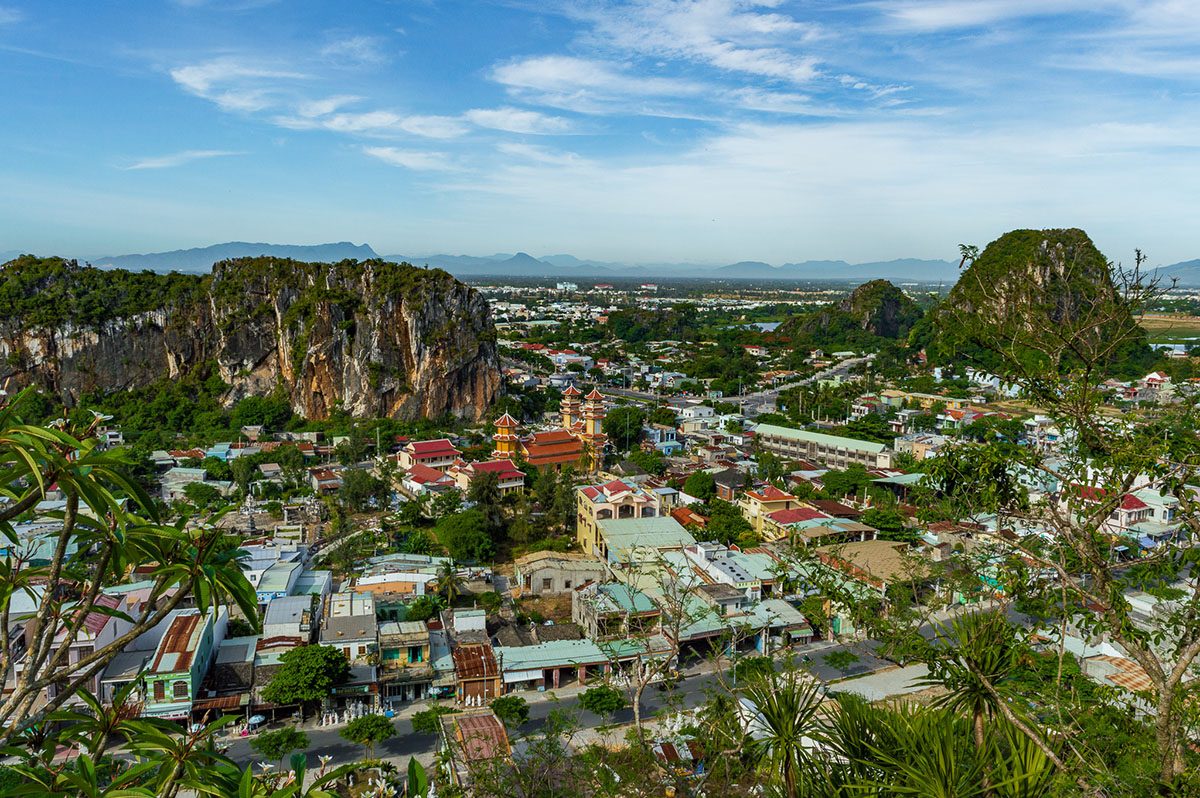

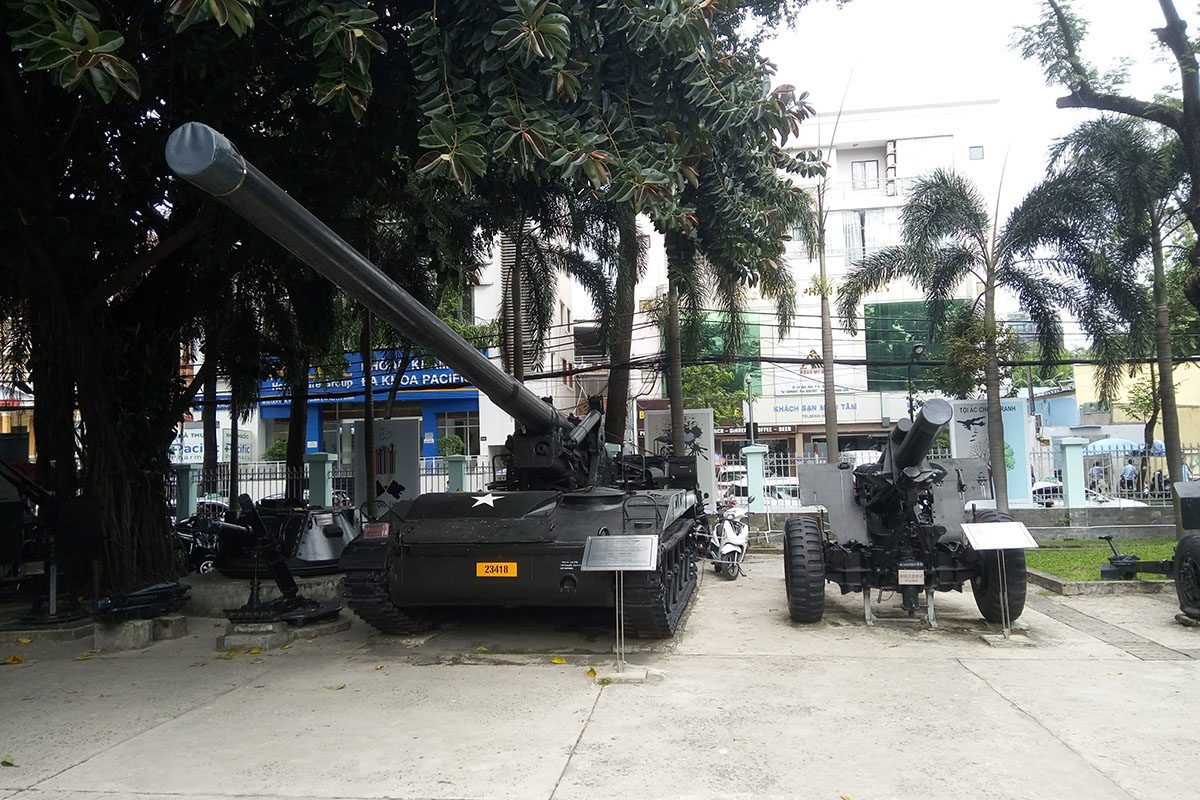
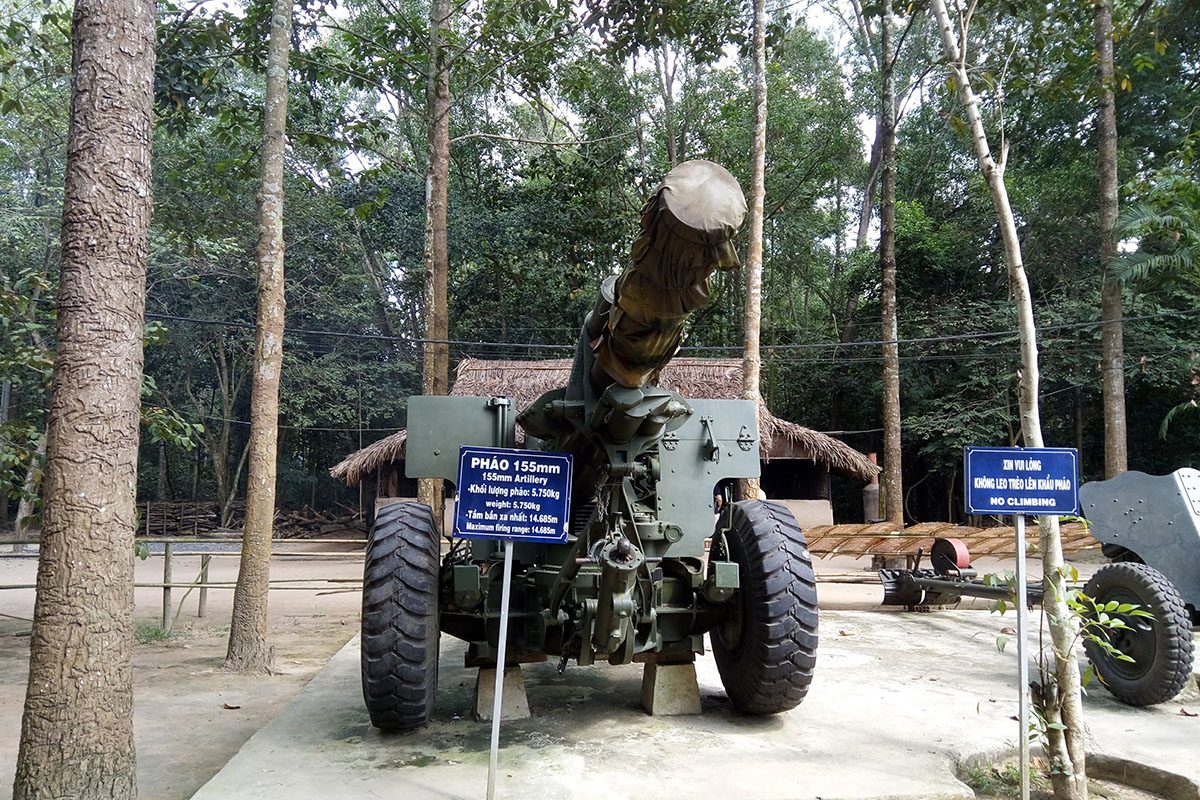

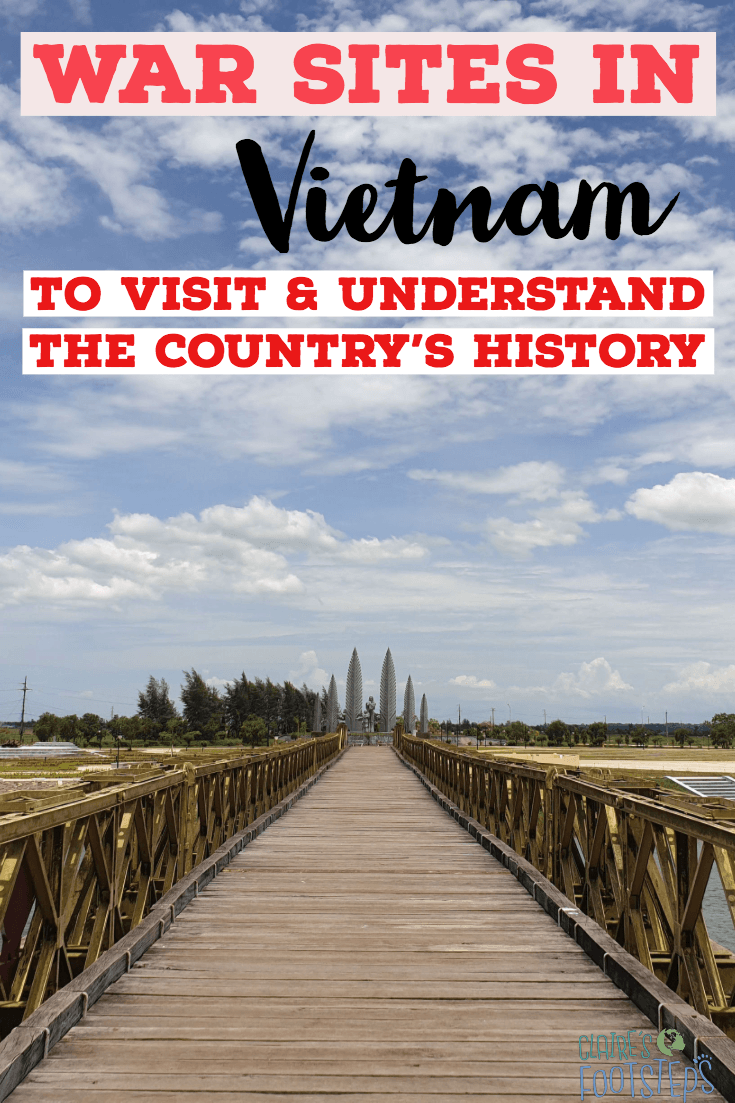
And corporate America was also to blame. Employers were reluctant to hire or train them, in many cases scared off by crude 19 media stereotypes about wacko, drug-addled, and violent vets. Nor did traditional veterans’ organizations like the American Legion or the Veterans of Foreign Wars provide a warm welcome to those coming home from a deeply contested and unpopular war filled with disillusioned soldiers. In the 19, however, the Americans most saddled with blame for abusing Vietnam veterans were the antiwar activists of the previous era. Forget that, in its later years, the antiwar movement was often led by and filled with antiwar vets. According to a pervasive postwar myth, veterans returning home from Vietnam were commonly accused of being “baby killers” and spat upon by protesters. The spat-upon story—wildly exaggerated, if not entirely invented—helped reinforce the rightward turn in American politics in the post-Vietnam era. It was a way of teaching Americans to “honor” victimized veterans, while dishonoring the millions of Americans who had fervently worked to bring them safely home from war. In this way, the most extraordinary antiwar movement in memory was discredited and dispatched to the trash bin of history.